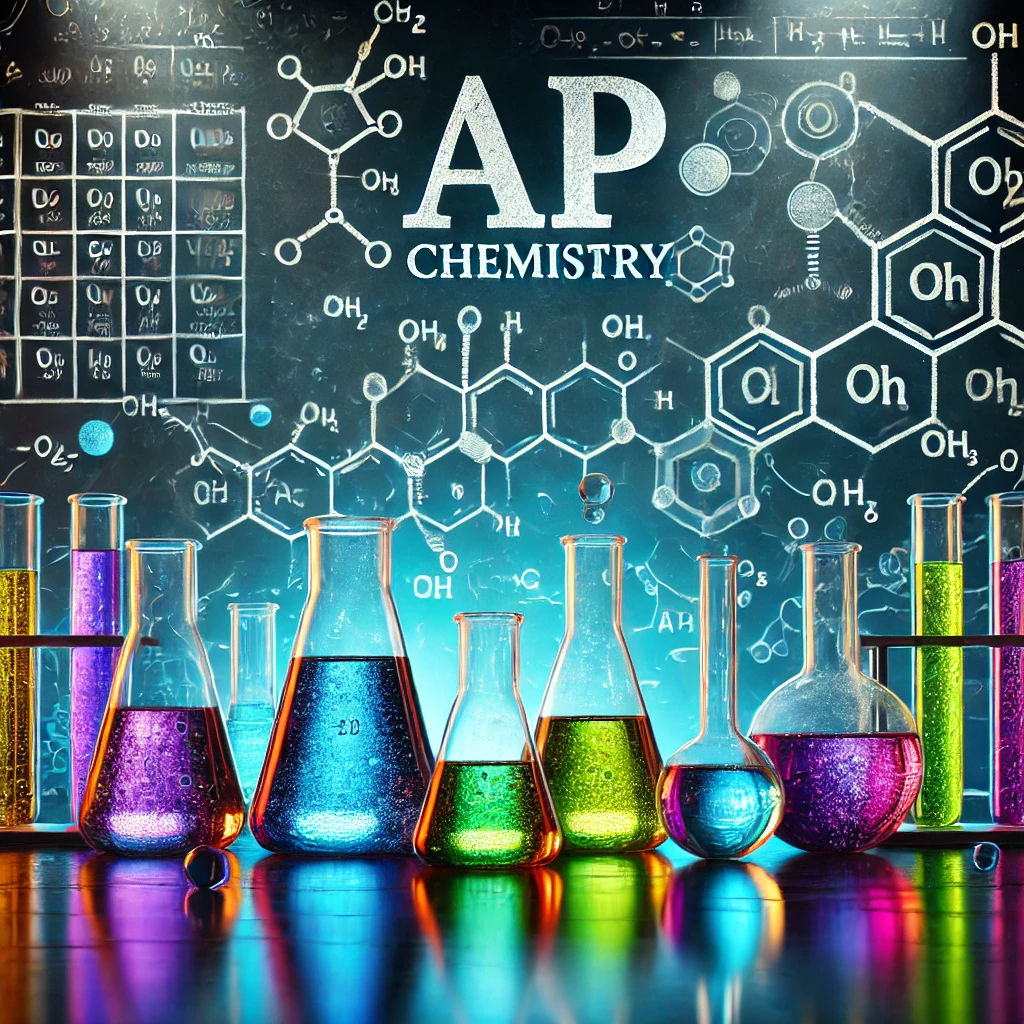3.9 Separation of Solutions and Mixtures Chromatography


Table of Contents
ToggleSeparating Solutions into Solute and Solvent
In chemistry, it’s often necessary to separate a solute from its solvent, especially after a reaction. Chemists use various methods based on the physical properties and intermolecular forces of the substances involved. Let’s explore some key techniques for separating solutions:
Evaporation
Evaporation is the process of heating a solution to boil off the solvent, leaving behind the solute. For example, when salt water is heated, the water evaporates, leaving the salt behind.
- Example: Boiling salt water (solute = salt, solvent = water). After heating, the water evaporates, and you are left with solid salt.
Filtration
Filtration involves pouring a mixture through a filter, which allows the liquid to pass through while trapping the solid. This technique is useful for separating insoluble solids from liquids.
- Example: Filtering a mixture of sand, salt, and water. The filter traps the sand (insoluble solid), but the salt (dissolved in water) passes through.
Chromatography
Chromatography separates compounds based on their interactions with a stationary phase (a solid or liquid surface) and a mobile phase (a solvent). The components of the mixture move at different rates depending on their polarity and intermolecular forces.
Paper Chromatography
Paper chromatography uses a strip of chromatography paper as the stationary phase. A small amount of the mixture is applied to the paper, and the solvent carries the components up the paper at different rates based on their polarity.
- Example: Separating different dyes from ink.
- Key Concept: Polar compounds move slower due to a greater affinity for the polar paper, while nonpolar compounds move faster.
Thin-Layer Chromatography (TLC)
TLC uses a thin layer of a stationary phase (such as silica) coated onto a glass or plastic plate. The separation process is similar to paper chromatography, but TLC provides faster separation and the ability to use more solvents.
- Example: Separating components of plant pigments.
- Key Concept: The stationary phase is polar silica, so polar compounds adhere more and move less, while nonpolar compounds move further.
Column Chromatography
Column chromatography involves packing a column with a stationary phase (usually silica or alumina) and allowing a mixture to pass through. Components separate based on their interaction with the stationary phase.
- Example: Separating pigments in spinach.
- Key Concept: Polar compounds interact more with the stationary phase and move slower through the column, while nonpolar compounds pass through faster.
Distillation
Distillation separates solutions based on differences in boiling points. The mixture is heated, and the liquid with the lower boiling point evaporates first, is condensed, and collected in a separate container.
- Example: Separating alcohol from water (alcohol has a lower boiling point than water).
- Key Concept: Substances with weaker intermolecular forces (IMFs) boil first.
Simple vs. Fractional Distillation
- Simple Distillation: Used when the boiling points of the compounds differ greatly. It involves a single vaporization-condensation step.
- Fractional Distillation: Used when the boiling points are close together. It involves multiple vaporization-condensation steps, allowing for a more refined separation and higher purity.
Summary
In this unit, we covered key techniques for separating solutions:
- Evaporation: Boiling off the solvent.
- Filtration: Using a filter to separate insoluble solids from liquids.
- Chromatography: Separating based on polarity and intermolecular forces.
- Paper chromatography and TLC for small-scale separations.
- Column chromatography for large-scale separations.
- Distillation: Using differences in boiling points to separate liquids.


3.11 Spectroscopy and the Electromagnetic Spectrum


Discover the Ultimate Multiplication Tables Generator – A Comprehensive Guide


Basic Algebra Concepts: Lesson 2.2


